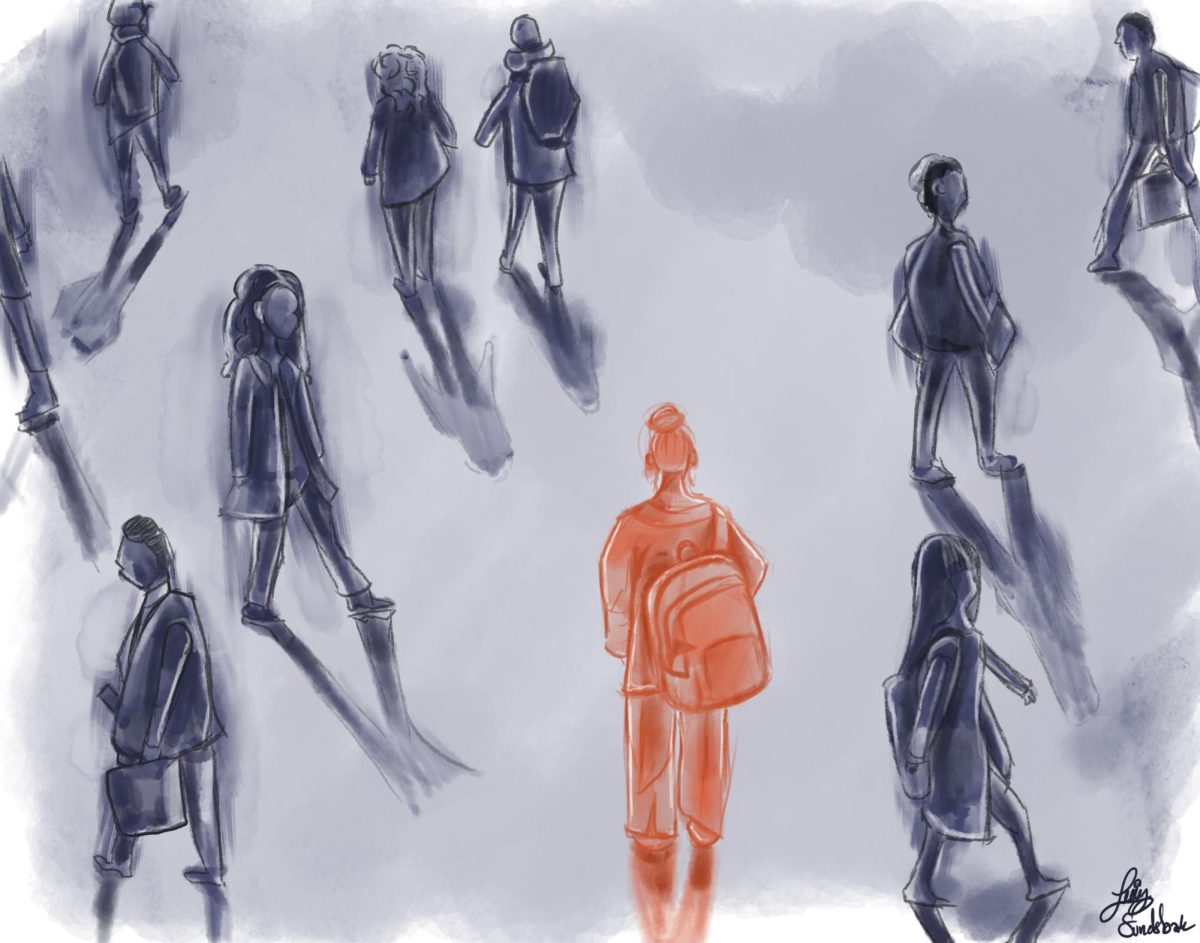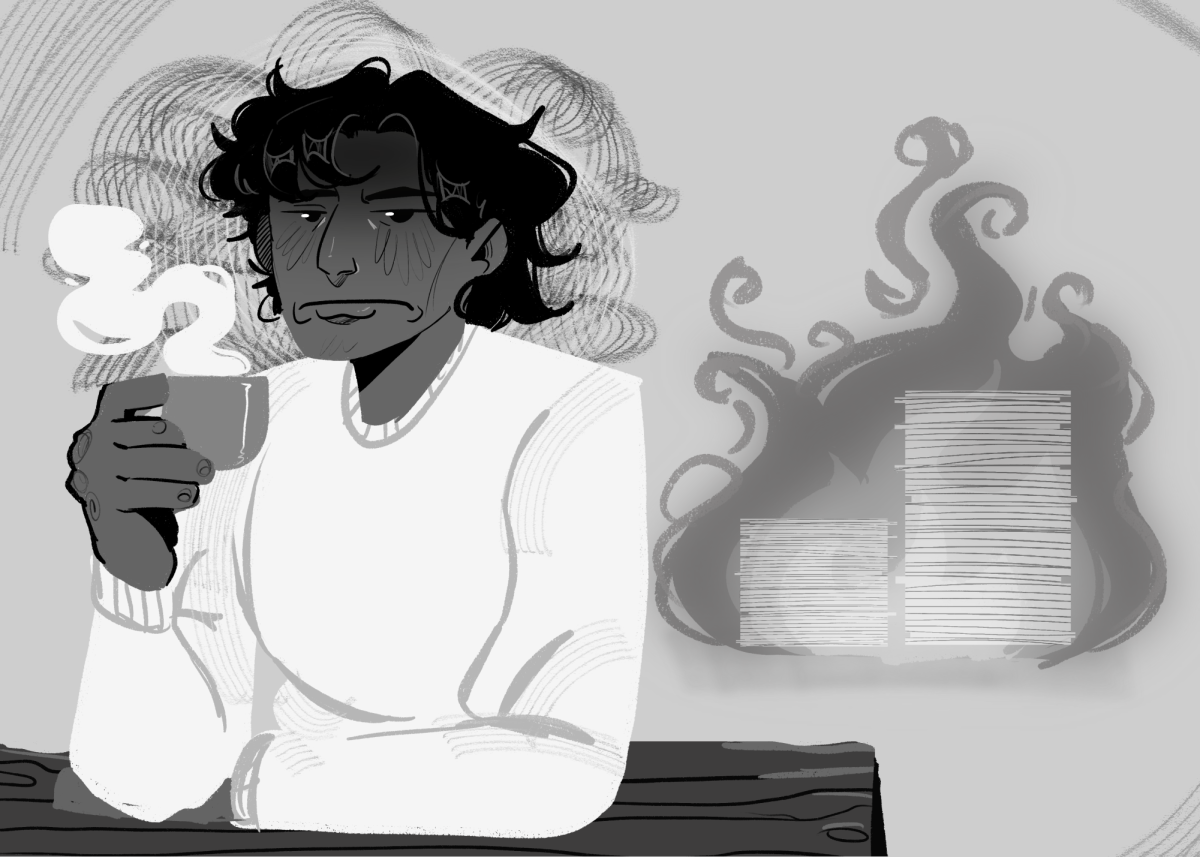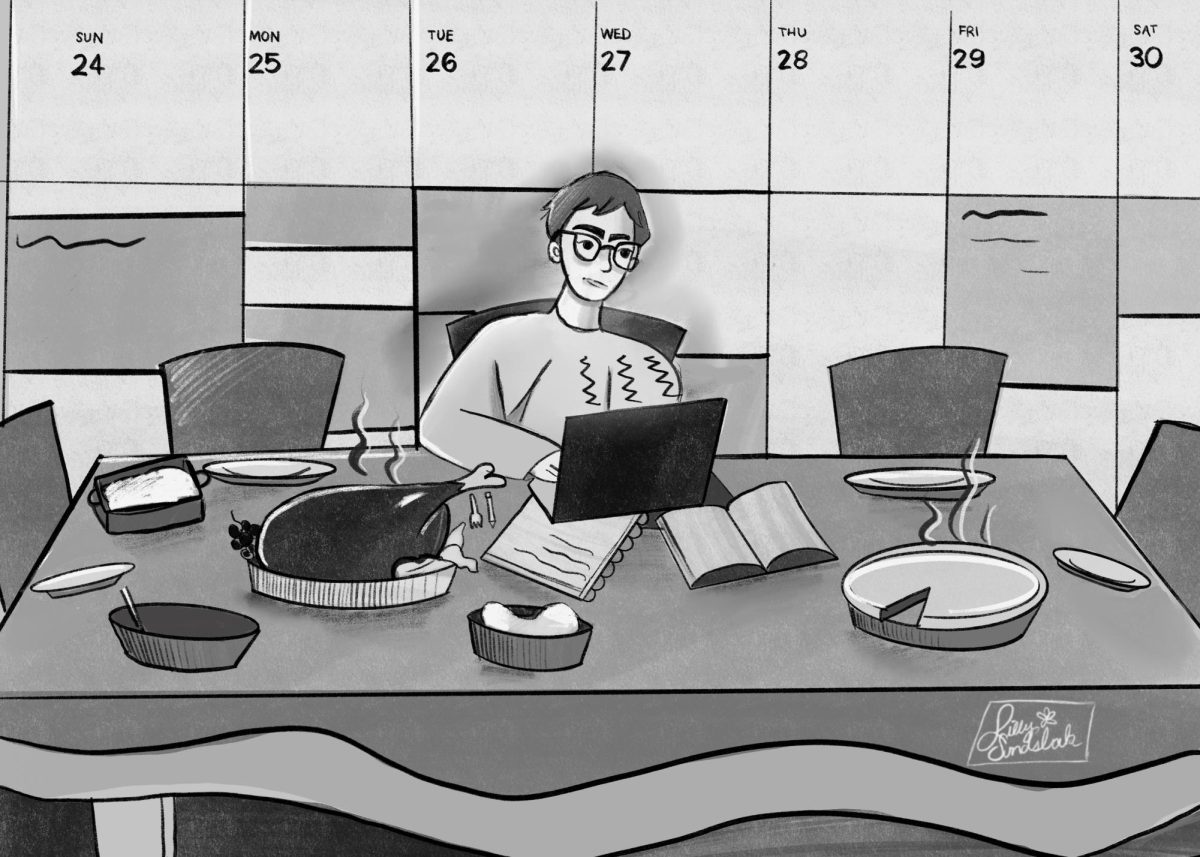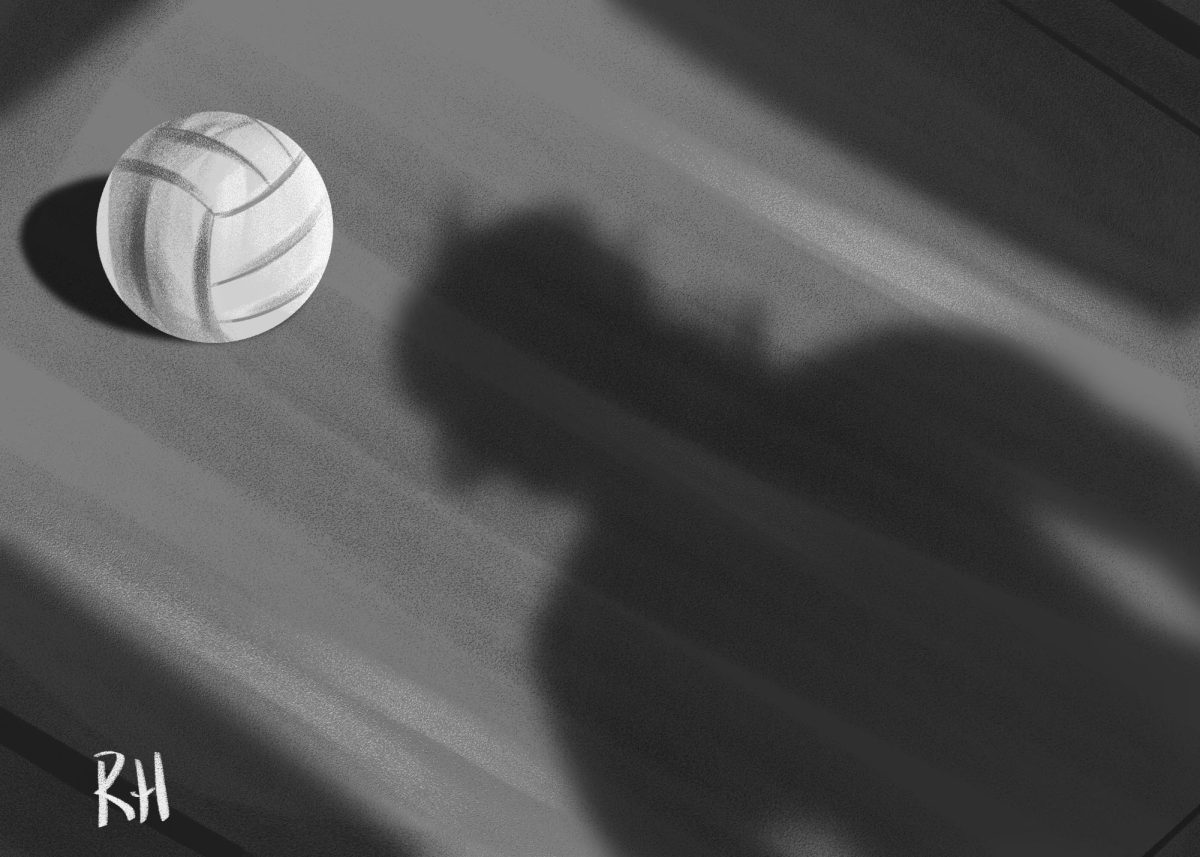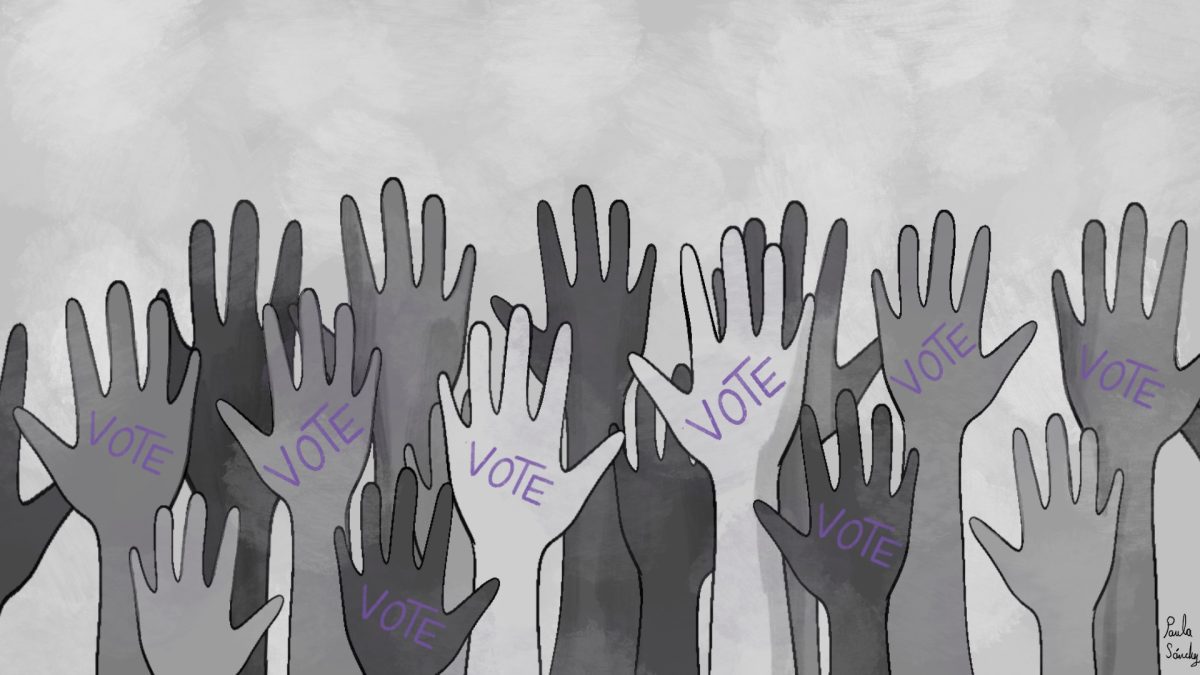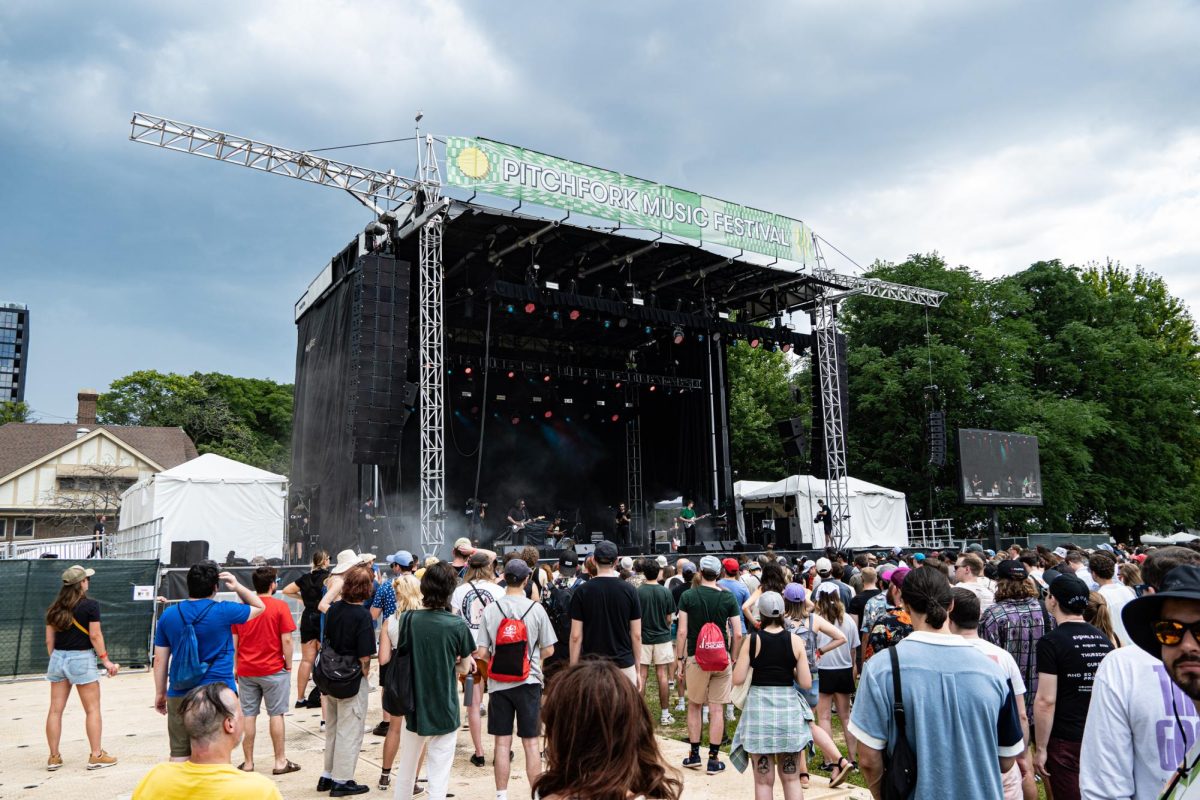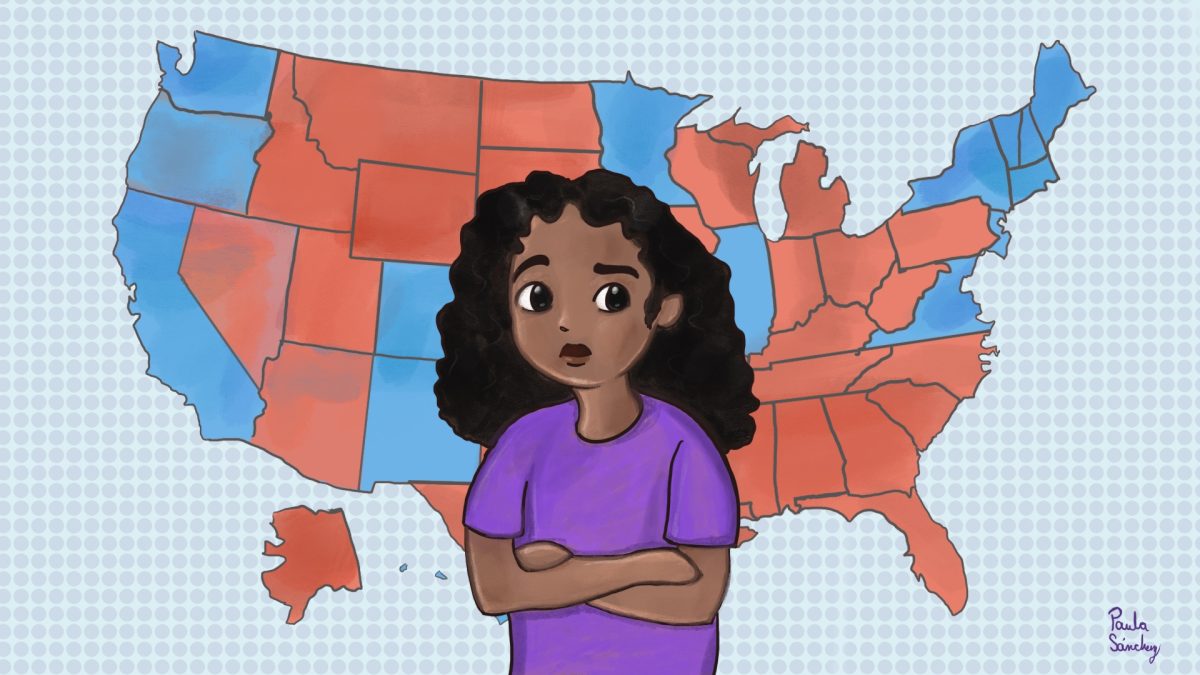Michael Joseph had an arduous job at the worst time.
Columbia’s senior vice president for Enrollment Management and Student Engagement arrived at the college in 2018.
A year and a half later, COVID hit, and just as the campus started to feel rejuvenated, Columbia’s part-time faculty went on strike for seven weeks.
Last week, the college announced in an email that Joseph was leaving. They didn’t say why, and he didn’t respond to repeated emails from the Chronicle requesting comment.
His departure comes at a critical time for the college, which is trying to address a financial deficit and recover from the pandemic and the strike.
Joseph’s role is responsible for achieving optimal institutional outcomes for student recruitment, retention, and graduation through effective strategic planning and activities that will ensure students will thrive in the institution. This is done through many support systems such as financial aid, student support systems and curriculum development.
Columbia’s enrollment issues are not unique. Enrollment has been steadily declining at many colleges and universities because of the so-called demand cliff. Small private institutions and local and regional universities have been particularly hard hit.
Preliminary data from enrollment management indicated that applications for next fall are down by 10% compared to last year at this time. Persistence, which measures enrollment from one semester to the next, is up by 1.1% for first time full-time students from Fall 2023 to Spring 2024. But it is down overall by 1 to 2%, according to Greg Foster-Rice, the associate provost for student retention and associate professor in the Photography Department.
Since the strike, students have shared how they felt about going into the spring semester and the impact of the strike on their progress in higher education. It is unclear what the impact will be exactly. Our sense is that Columbia will not go unscathed.
But while we wait to see what the real impact will be, it’s important for the college to understand what students need and what they expect from Columbia if Joseph’s replacement is going to be successful.
We know that students are drawn to Columbia for its facilities and opportunities to use industry level equipment. The college cut facility hours last fall to address the $20 million deficit, a number that very likely grew during the strike. It’s going to be hard to recruit or keep students with these kinds of cuts.
We also know that students are very concerned about the price of an education at Columbia. Columbia offers discounts. As the Chronicle previously reported, most students pay only half of the full tuition price.
Columbia needs to continue to find ways to offer those discounts and even more if it wants to be competitive.
Every college and institution is competing for fewer students. That means the jobs of people like Joseph will not get any easier.
The college needs to be transparent with students about that and the tough choices it will need to make. It also needs to make certain that students have input about the kind of college they want Columbia to be. The institution needs to actively seek students needs to foster better enrollment and willingness to persist at the college through engaging with the students directly.


